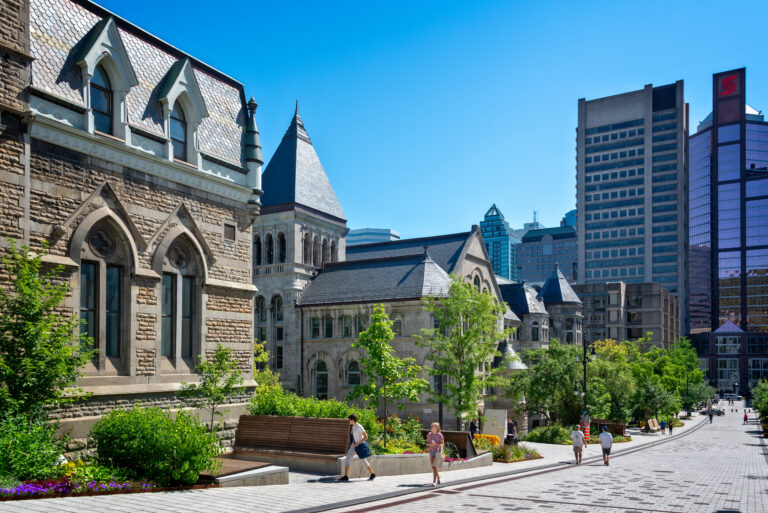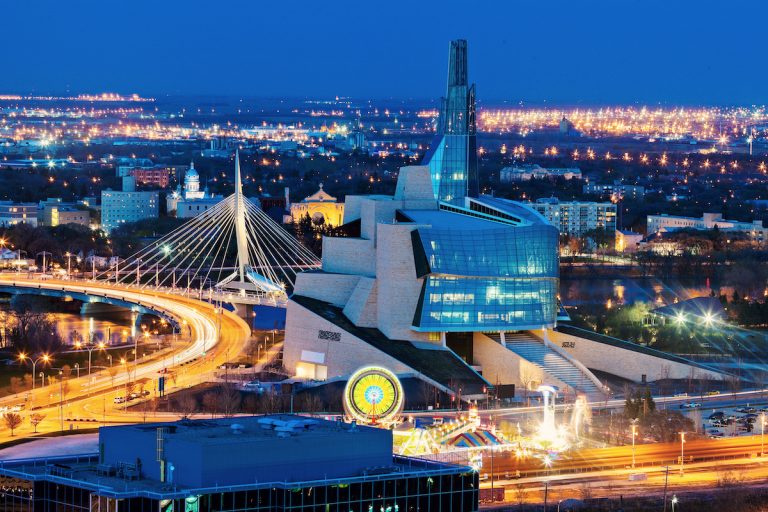Are you a candidate with skills and qualifications in one of Canada’s 82 jobs for occupation-specific Express Entry draws? We want to help you move to Canada. Please submit your CV here.
Job vacancies edged up to 653,000 in November of last year, after little change was observed in the months of October and five consecutive monthly declines from May to September 2023.
The number of vacancies in November was down by 211,100 (-24.4%) compared to January 2023, and 350,200 (-34.9%) from the peak in May 2022.
Meanwhile, total labor demand, which is the sum of filled and unfilled positions, observed little change to 17,811 in November 2023 compared to October, but was down 0.2% (-29,000) from January.
The industries that were struck the worst were accommodation and food services (+9,300; +12.6%), retail trade (+7,500; +12.2%), and manufacturing (+2,800; +7.1%) and manufacturing of companies and enterprises (+800; +32.9%).
At the same time, job vacancies fell in public administration (-2,700; -16.9%) and observed little change in 13 other sectors.
Read More Canada Immigration News
How To Hire Canada Temporary Workers Through Recognized Employer Pilot
Immigrate To Canada As A Pharmacy Assistant: All You Need To Know
Immigrate To Canada As A Data Scientist: All You Need To Know
The job vacancy rate, which is the number of vacant positions as a proportion of total labor demand, was up by 0.1 percent to 3.7% in November.
This was the first rise since January 2023 but was down 4.8% from the same month.
There were 1.9 unemployment persons for every November job vacancy, which held steady from September and October.
The unemployment-to-job vacancy ratio in November was up from 1.2 in Jan 2023, due to few job vacancies (-211, 100; -24.4%) and an increase in the number of unemployed persons (+194,400; +18.6%).
Job Vacancies Went Up in Accommodation and Food Services
November witnessed a rise in job vacancies in accommodation and food services by 9,300 (+12.6%) to 82,800. Despite the monthly hike, job vacancies in the sector went down by 38,400 (-31.7%) compared with November 2022.
This was the largest year-on-year decrease across all sectors.
The job vacancy rate in the sector was 6.0% in November of last year, up from 5.4% in October but down from 8.8% a year before that.
Job Vacancies Went Up in Retail Trade and Manufacturing
The number of open positions in retail went up by 7,500 (+12.2%) in November, mostly resulting in an offset of the net decrease from August to October (-8,200; -11.7%).
The job vacancy rate climbed by 0.3% to 3.3% in November, but remained down from 4.6% in January 2023.
Manufacturing observed a job vacancy hike of 2,800 (+7.1%) to 41,800 in November, after decrease in October (-7,100; -15.4%) and little change in September.
The manufacturing job vacancy rate was 2.6% in November, up from 2.4% in October but down from 2.9% in August and September.
Job Vacancies Unchanged in Health Care and Social Assistance
Health care and social assistance vacancies remained largely unchanged in November (127,100) for the third month in a row.
However, they were down by 24,500 (-16.2%) from April, when the number of vacancies (151,600) was close to the record high that was reached in July 2022 (152,800).
On a year-to-year basis, total labor demand was up by 3.7% in November 2023, as payroll employment showed a rise of 4.4% and job vacancies dropped by 7.3% (-10,000) over this frame.
Watch Video
Job Vacancies Up in Ontario
Ontario job vacancies rose by 21,200 (+9.8%) to 237,100 in November, after little change in October and a decrease in September (-21,700; -8.8%).
The number of vacancies was little changed in the rest of the provinces.
November witnessed the highest job vacancy rate in British Columbia (4.2%), and lowest in Prince Edward Island (2.5%).


